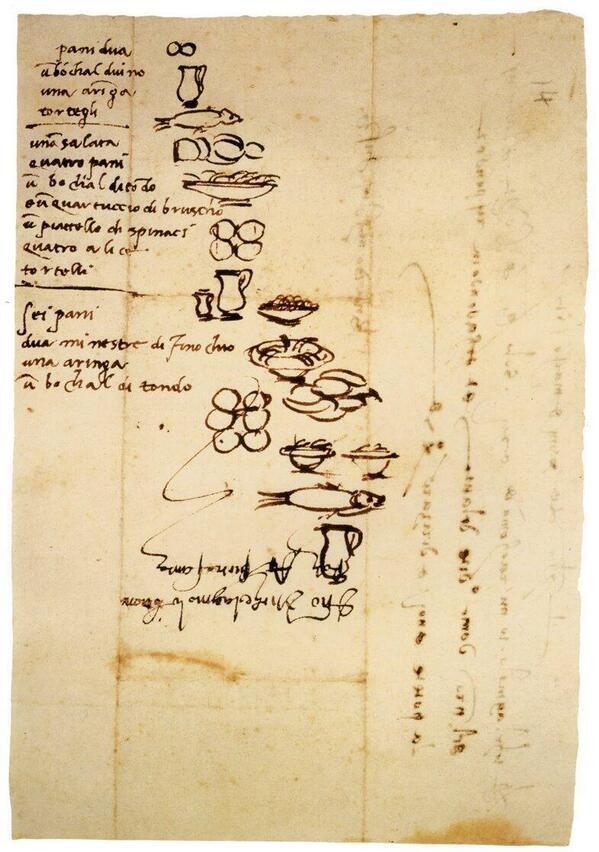To learn about history is to learn about war, or so it can feel when you go far back enough in time. And in any era of antiquity, few could have matched Alexander the Great’s mastery of that art. After becoming kind of the Macedon in 336 BC, at the age of 20, he spent a decade conquering other lands in order to build a vast empire stretching from Greece to India. How he managed to pull it off is the subject of the nearly hour-long Epic History TV video above, which traces Alexander’s life and reign over ever-vaster swathes of the then-known world.
Re-creating all the battles of Alexander’s conquest with not just maps but 3D animation as well, the production makes clearly legible the kind of violent conflicts that, no doubt chaotic when experienced on the battlefield, can also be difficult to follow in the pages of a textbook.
Its graphics and narration break down everything from how Alexander initially arranged his troops to how he responded, blow by blow, to the moves of enemy forces. All of it added up to a military strategy that kept Alexander undefeated in battle despite often having been outnumbered, and whose details are still studied today.
By his mid-twenties, Alexander had conquered the once-mighty Persian Empire. But with the ambition befitting a victorious young man — not to mention one who’d been tutored by Aristotle himself — he would settle for nothing less than ruling the world, or at least the world as a Greek in the fourth century BC would have conceived of it, and he managed to get quite close to that goal before his death at the age of 32. That he was felled by an illness rather than in war is one of history’s great ironies, given that he’d personally led his troops into all their battles. As for the fact that we remember Alexander’s name well over two millennia after his death, it’s safe to say that it wouldn’t surprise him.
Related content:
The History of Ancient Greece in 18 Minutes: A Brisk Primer Narrated by Brian Cox
The Rise and Fall of the Great Library of Alexandria: An Animated Introduction
How Arabic Translators Helped Preserve Greek Philosophy … and the Classical Tradition
Learn Ancient Greek in 64 Free Lessons: A Free Online Course from Brandeis & Harvard
Based in Seoul, Colin Marshall writes and broadcasts on cities, language, and culture. His projects include the Substack newsletter Books on Cities, the book The Stateless City: a Walk through 21st-Century Los Angeles and the video series The City in Cinema. Follow him on Twitter at @colinmarshall or on Facebook.



